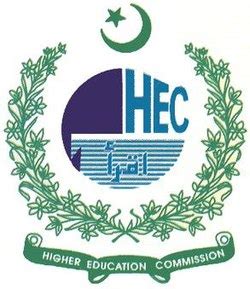The Impact of Capital Inflows on Competitiveness of Pakistan’s Economy
DOI:
https://doi.org/10.51732/njssh.v4i1.28Keywords:
Real Effective Exchange Rate, Openness, Terms of TradeAbstract
Foreign capital and exchange earnings are required for economic growth and development. Foreign capital inflows received by the economies are distributed between non-tradable and tradable sectors. Yet, appreciation of real effective exchange rate (REER) might be instigated through an increase in the price of non-tradable commodities. Appreciation in the real exchange rate thus leads to loss of competitiveness, which in turn contract exports. Within this perspective, this paper investigates variations in competitiveness by considering the effects of different types of capital flows and some policy variables on the REER, for the period 1976-2015. Existing literature confirms positive effect of capital flows on the REER. By applying ARDL cointegration technique, this paper predicated that official development assistance, investment income, increased remittances, and other foreign investments lead to real appreciation whereas increased government expenditures cause a real depreciation. Terms of trade, trade opennesss, and foreign direct investment are identified to be statistically insignificant. Findings of the study drawn from the analysis of the influence of capital inflows and control variables have important implications for policies in the areas of domestic demand management, exchange rate management, export promotion, etc.







